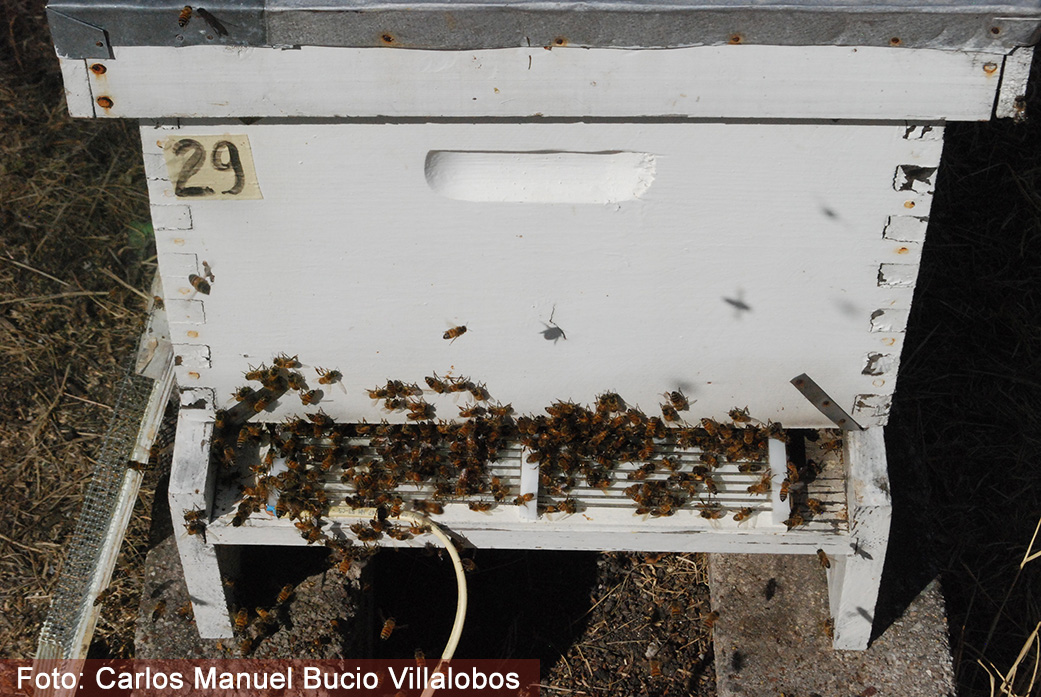Extraction of apitoxin with an electric collector in Irapuato, Guanajuato, Mexico
DOI:
https://doi.org/10.15517/am.v30i2.33987Keywords:
apiculture, hive products, toxinsAbstract
Introduction. The toxin (apitoxin) produced by Apis mellifera bees, is a product with important expectations in the medical industry, due to the therapeutic use in various diseases. Objetive. The objective of the present study was to estimate the annual production potential of apitoxin, collected through an automated equipment operating with electrical impulses of 10 s of duration and a voltage of 12 v. Materials and methods. Five beehives were used from a beekeeping farm located in Irapuato, Guanajuato, Mexico, where the apitoxin was harvested from August 2016 to June 2017, at biweekly intervals for a period of 20 min at a time, suspending the collection in those periods with abundant flows of nectar, to not affect the production of honey. Results. According to the conditions in which this study was developed, the average (± standard deviation) per harvest with biweekly extraction was 52,41±13,83 mg.hive-1, production that was increased to 62,48±1,37 mg.hive-1, considering only colonies with low levels of Varroa destructor infestation. Conclusion. The apicultural region where this research was developed, presented potential for the production of apitoxin, being proposed as an additional apicultural product that allows increasing the profitability of the apiary.
Downloads

Downloads
Additional Files
Published
How to Cite
Issue
Section
License
1. Proposed policy for open access journals
Authors who publish in this journal accept the following conditions:
a. Authors retain the copyright and assign to the journal the right to the first publication, with the work registered under the attribution, non-commercial and no-derivative license from Creative Commons, which allows third parties to use what has been published as long as they mention the authorship of the work and upon first publication in this journal, the work may not be used for commercial purposes and the publications may not be used to remix, transform or create another work.
b. Authors may enter into additional independent contractual arrangements for the non-exclusive distribution of the version of the article published in this journal (e.g., including it in an institutional repository or publishing it in a book) provided that they clearly indicate that the work was first published in this journal.
c. Authors are permitted and encouraged to publish their work on the Internet (e.g. on institutional or personal pages) before and during the review and publication process, as it may lead to productive exchanges and faster and wider dissemination of published work (see The Effect of Open Access).























